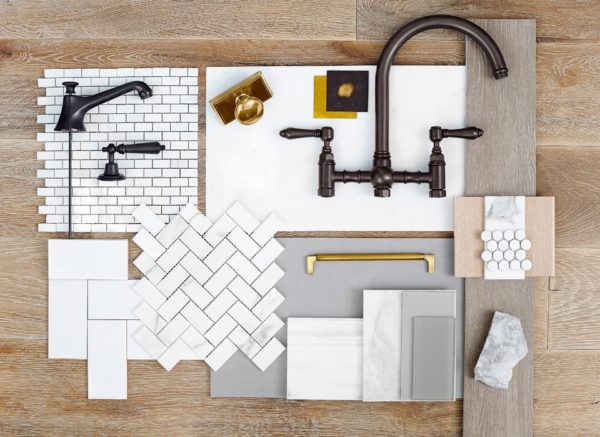Nowadays, we are seeing the celebration of the pantry (and adaptations of it) and it is finally getting the accolades it deserves. With soapstone or marble shelving, beautiful soft-closing drawers, great lighting, and plenty of space to stock your spices, canned or dry goods, it is a highlight of many new or renovated homes.
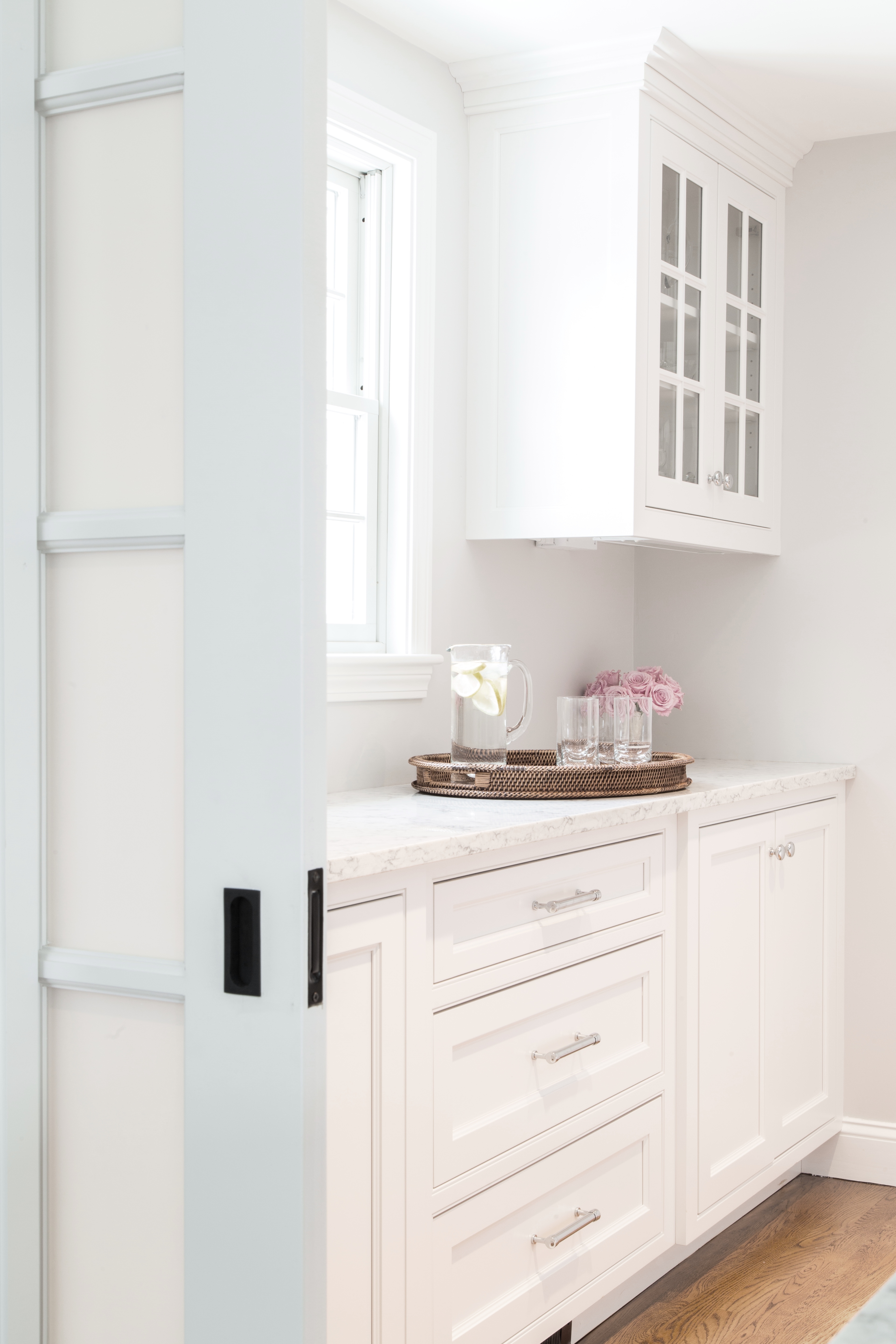

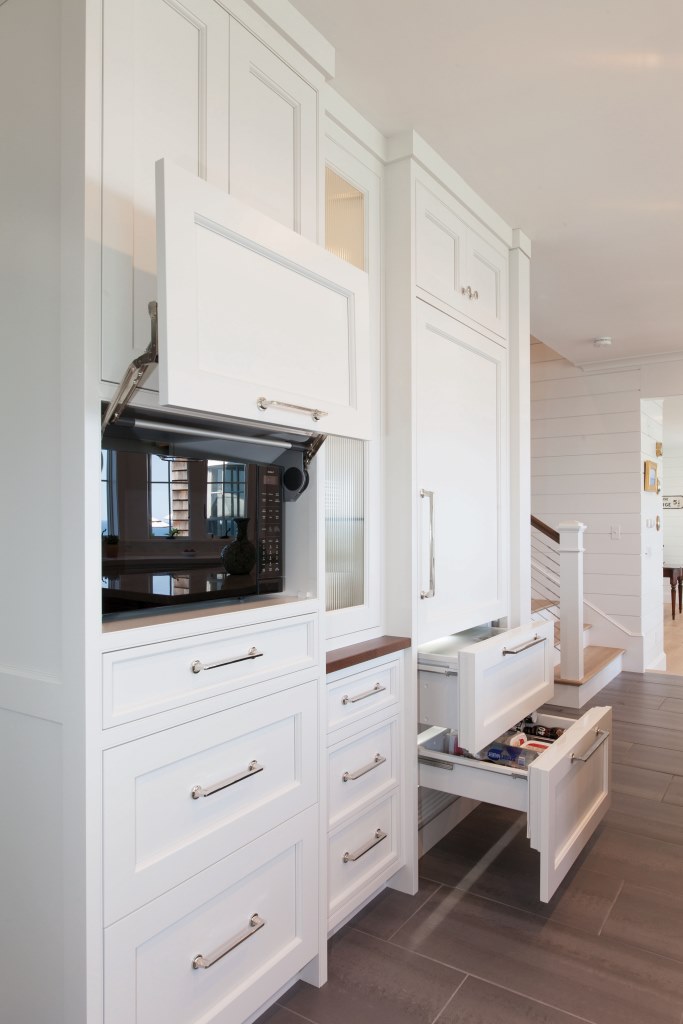

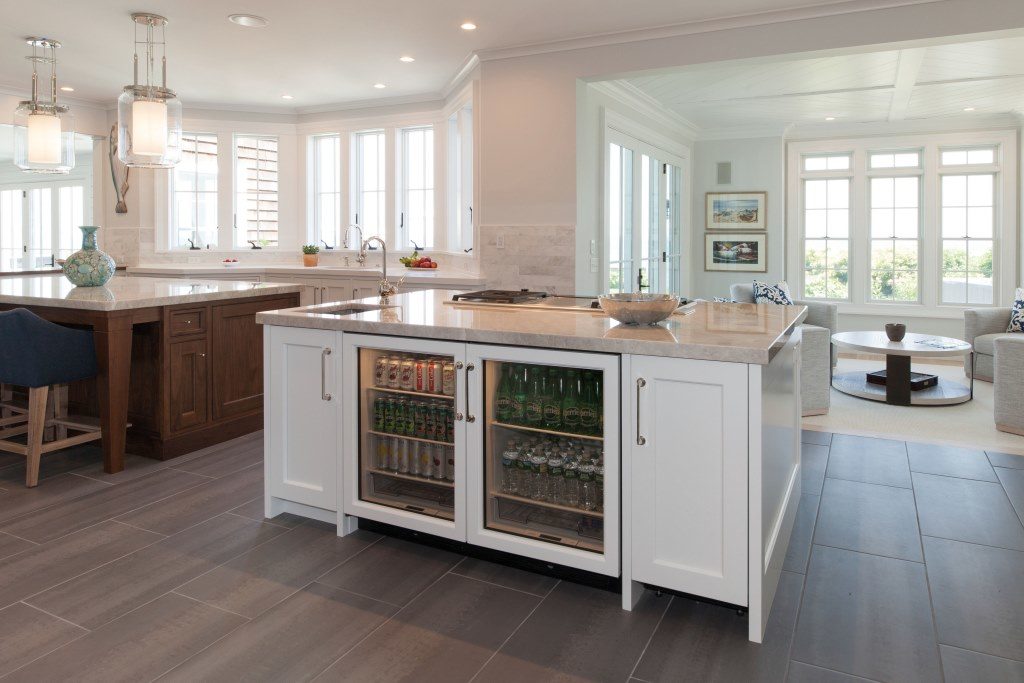
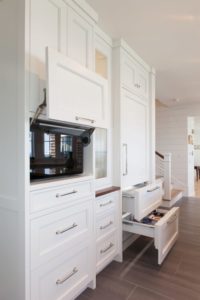
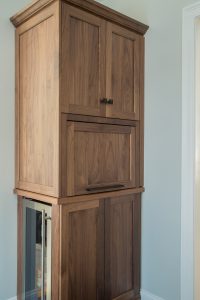
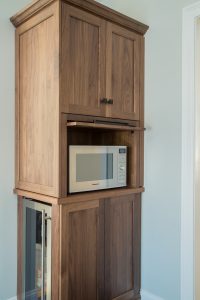
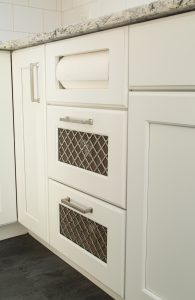
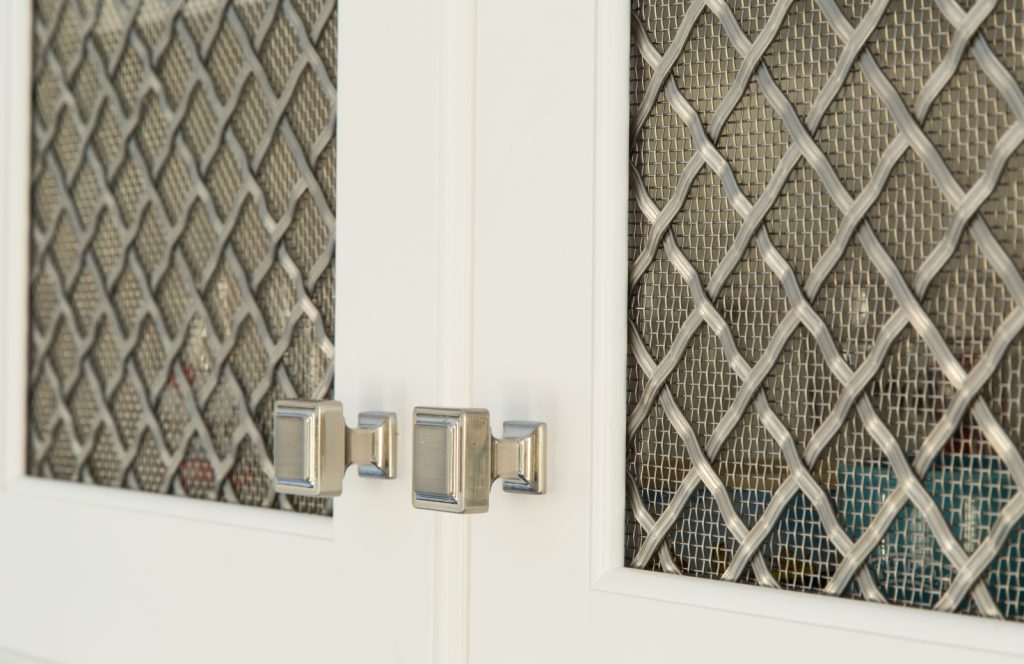


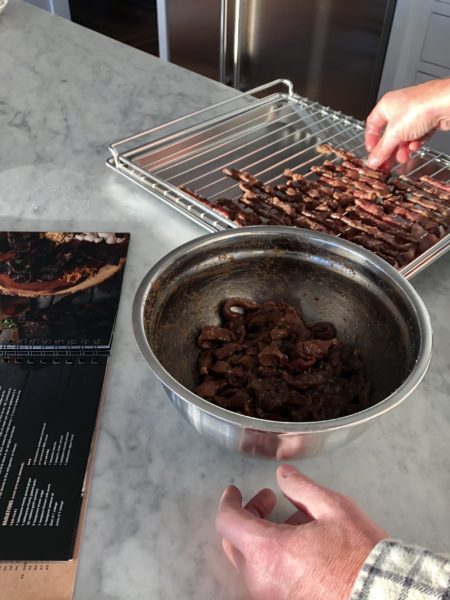 This tasty treat is one that was made by our very own Eric Thorson but comes courtesy of the Wolf’s
This tasty treat is one that was made by our very own Eric Thorson but comes courtesy of the Wolf’s 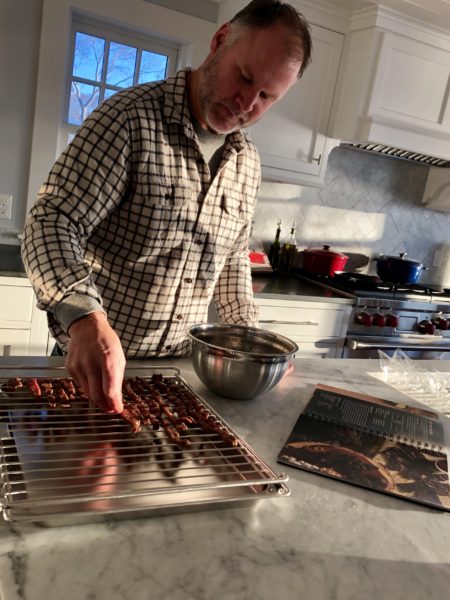

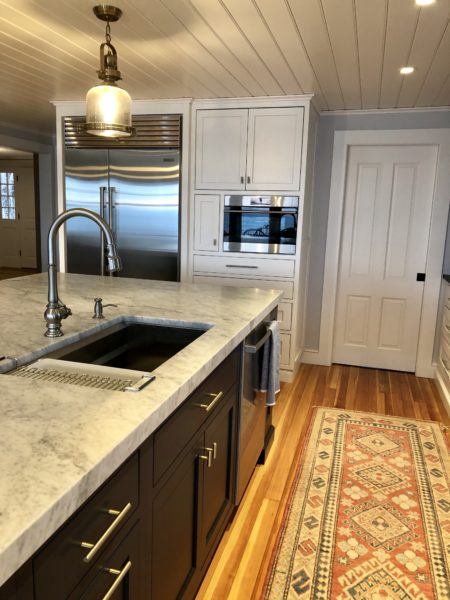
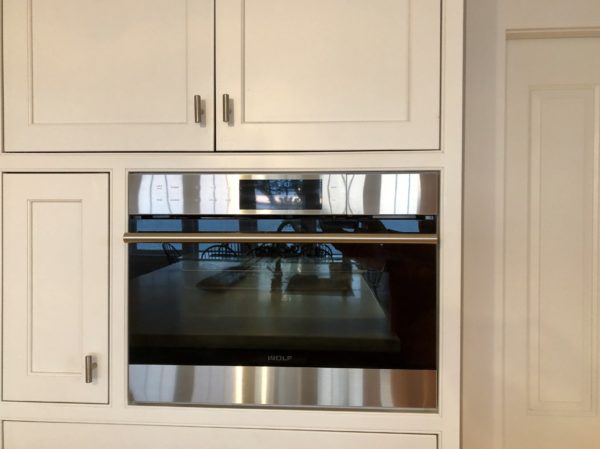
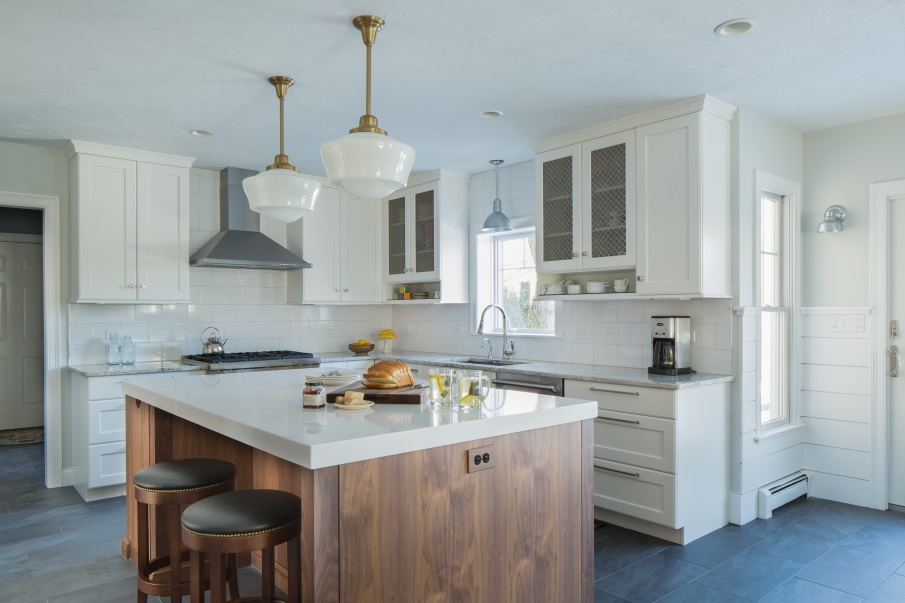
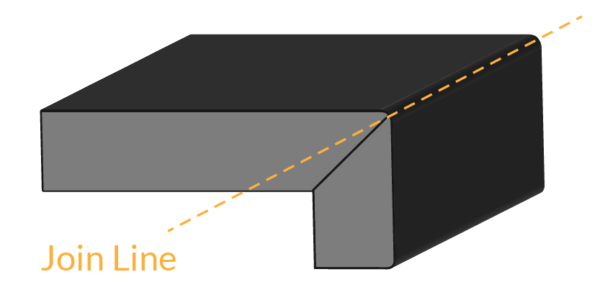 What most don’t know about these thicker counters is that they are actually a mitered edge. It is very uncommon (and costly) to have a stone slab cut at a thicker depth. It would make the stone almost unmanageable for installation and may even be too heavy for most cabinetry that would support it.
What most don’t know about these thicker counters is that they are actually a mitered edge. It is very uncommon (and costly) to have a stone slab cut at a thicker depth. It would make the stone almost unmanageable for installation and may even be too heavy for most cabinetry that would support it.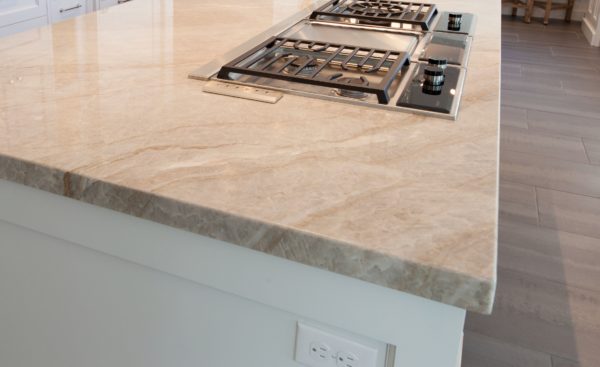
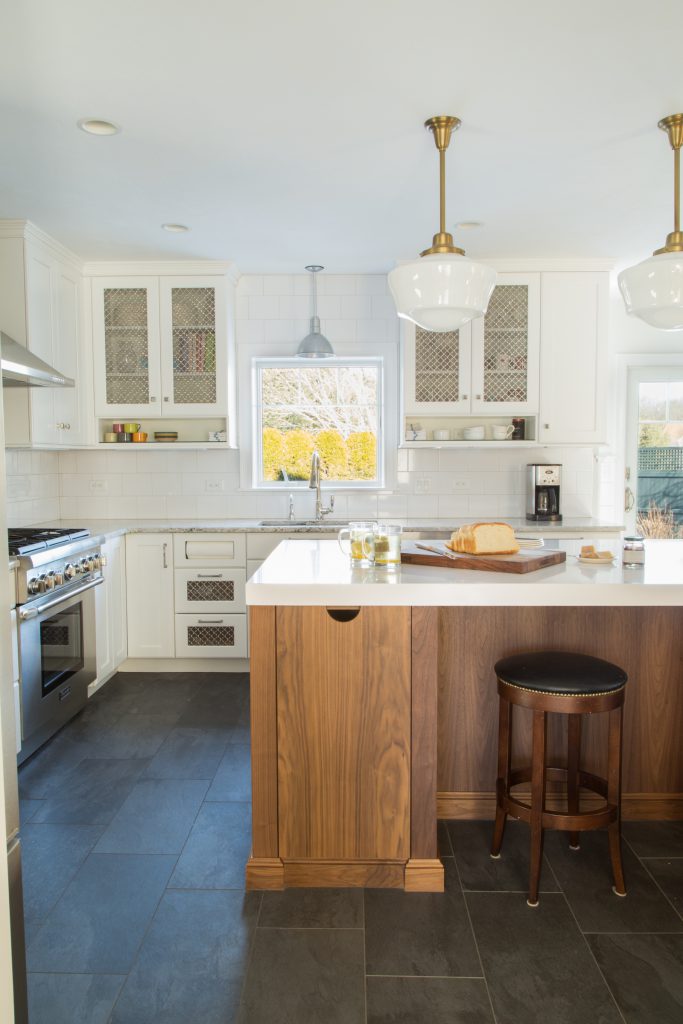
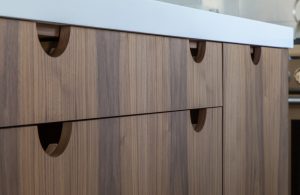
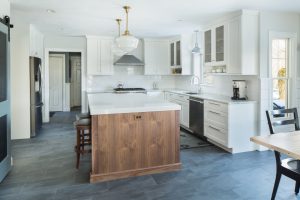



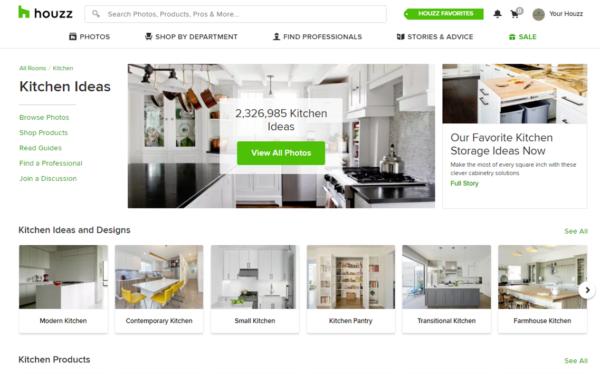
 If structural changes are in the plan, an architect will be the next step. If only interior renovations are planned you may just want to enlist the help of an interior designer. Architects and designers have inherently unique styles and strengths so do your homework and find one that tends to have an aesthetic that you are drawn to. Contact them and use all of the information you’ve gathered to discuss the parameters, scope and style & material preferences.
If structural changes are in the plan, an architect will be the next step. If only interior renovations are planned you may just want to enlist the help of an interior designer. Architects and designers have inherently unique styles and strengths so do your homework and find one that tends to have an aesthetic that you are drawn to. Contact them and use all of the information you’ve gathered to discuss the parameters, scope and style & material preferences.
